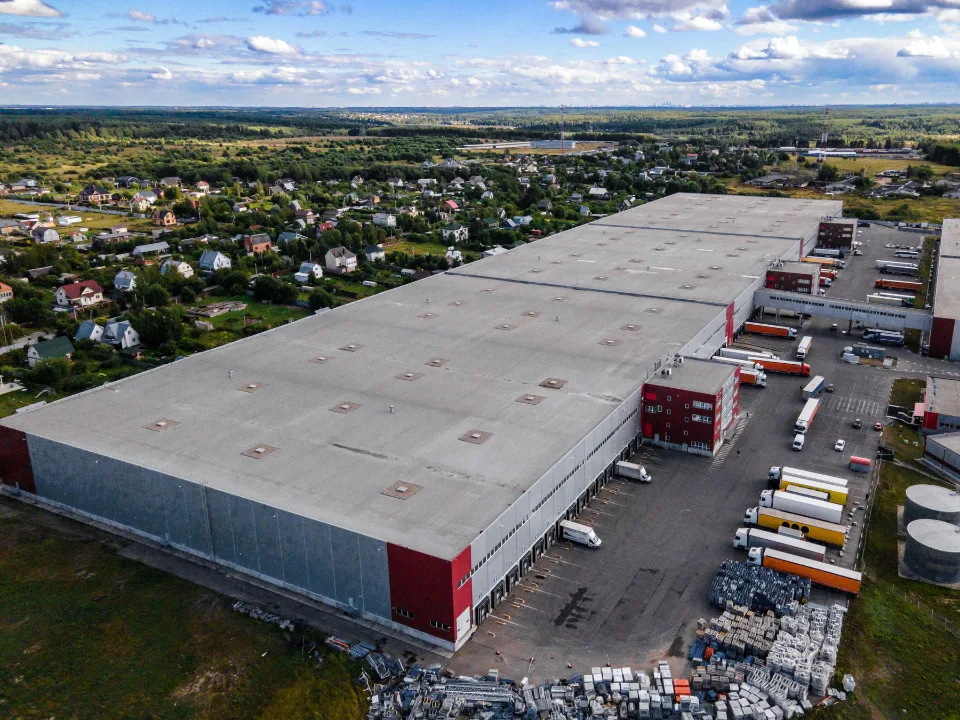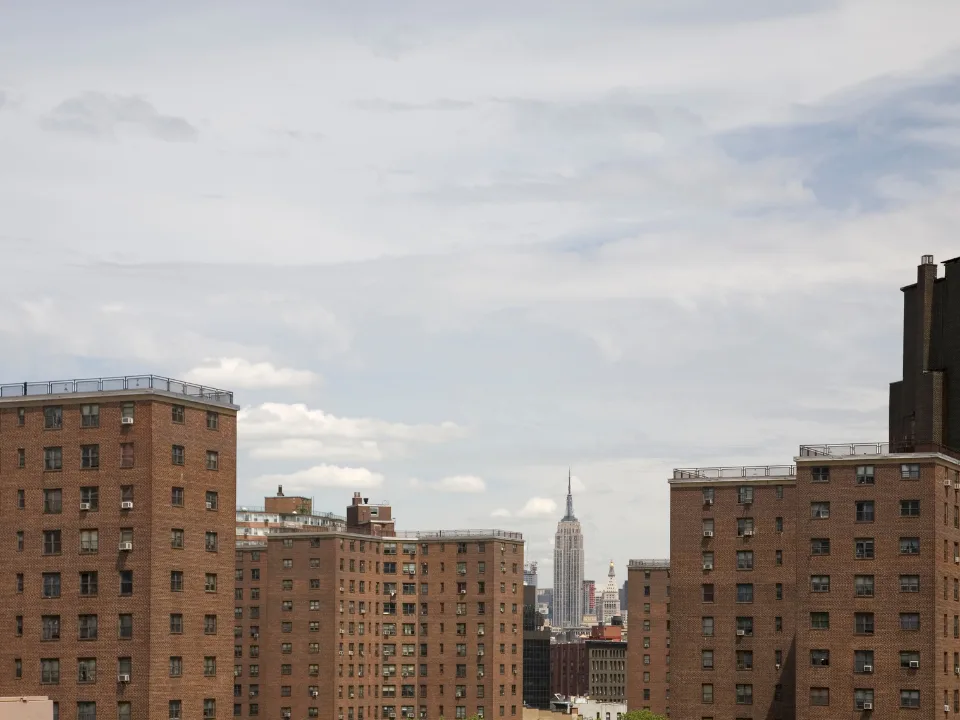- StepStone Group raised $4.5B for its fifth real estate secondaries fund and related strategies, surpassing the previous $3.4B record set by Goldman Sachs.
- The fund aims to capitalize on liquidity constraints in global property markets, with investments focused on recapitalizations, fundraising gaps, and continuation vehicles.
- SREP V is already 38% deployed, with significant allocations toward multifamily, senior housing, data centers, and industrial assets, amid a tough real estate fundraising environment.
According to PERE News, StepStone Group has closed its fifth real estate secondaries fund, StepStone Real Estate Partners V (SREP V), raising $3.77B in commitments plus an additional $730M for separate accounts.
The $4.5B total marks the largest-ever real estate secondaries fundraise, besting Goldman Sachs’ previous record and arriving at a critical moment for the global property markets.
A Strategic Opportunity
The fundraise comes as real estate markets face tightening liquidity and reduced transaction activity, worsened by ongoing tariff uncertainty. Jeffrey Giller, StepStone’s head of real estate, said the firm doubled its original target during a two-year fundraising process and had to turn away an additional $800M.
Get Smarter about what matters in CRE
Stay ahead of trends in commercial real estate with CRE Daily – the free newsletter delivering everything you need to start your day in just 5-minutes
Deployment Focus
SREP V is designed to offer liquidity solutions through fund recapitalizations, bridge financing, and continuation vehicles for managers struggling to exit investments. StepStone typically secures 15–25% discounts to asset value based on cash flow analysis.
The fund plans to split investments roughly evenly between the US and Europe, with limited exposure to Asia. StepStone sees Europe offering more fragmentation and dislocation opportunities, while the US remains a larger but more stable market.
More than half of the capital came from new investors, with significant contributions from Asia, Australia, and the Middle East. Public pensions, private pensions, and sovereign wealth funds were major backers.
Where The Money’s Going
So far, StepStone has deployed $1.7B across eight transactions. Key allocations include:
- Living sector (multifamily, senior, student, and affordable housing): Over 50%
- Data centers: 20%
- Industrial real estate: 15%
One notable deal involved a $200M recapitalization of a multifamily portfolio in the US Southwest, where high-net-worth owners became overleveraged after interest rates spiked.
In Europe, StepStone is targeting nursing homes in the UK and Southern Europe, helping to institutionalize the sector.
Why It Matters
StepStone’s record raise reflects growing demand for secondaries strategies as real estate exits become harder and fundraising slows. Unlike most secondaries funds, StepStone favors a control-oriented approach, working closely with operators to drive value rather than acting as a passive investor.
What’s Next
With $4.5B ready to deploy, StepStone is positioned to capitalize on ongoing dislocation in global real estate. As liquidity remains constrained, secondaries strategies are likely to play an even bigger role for investors seeking quality assets at discounted prices.















